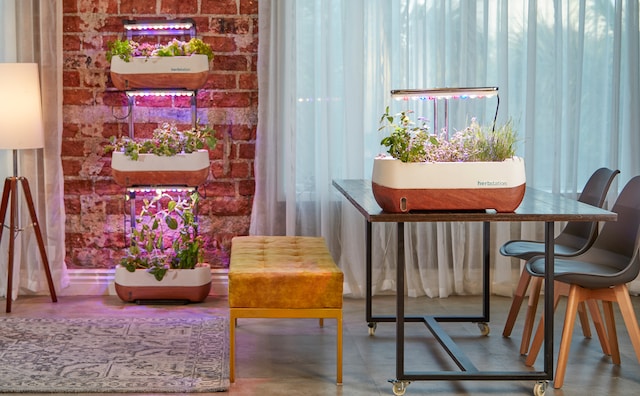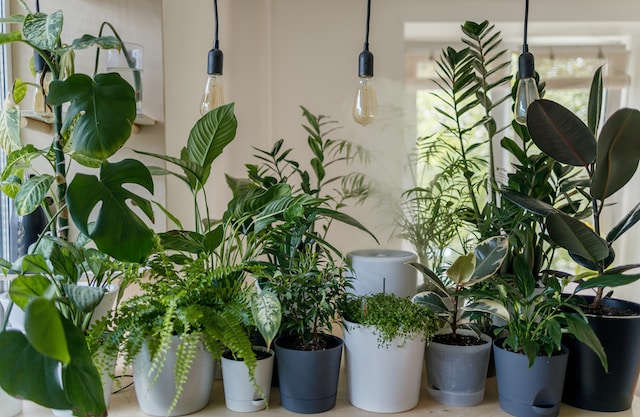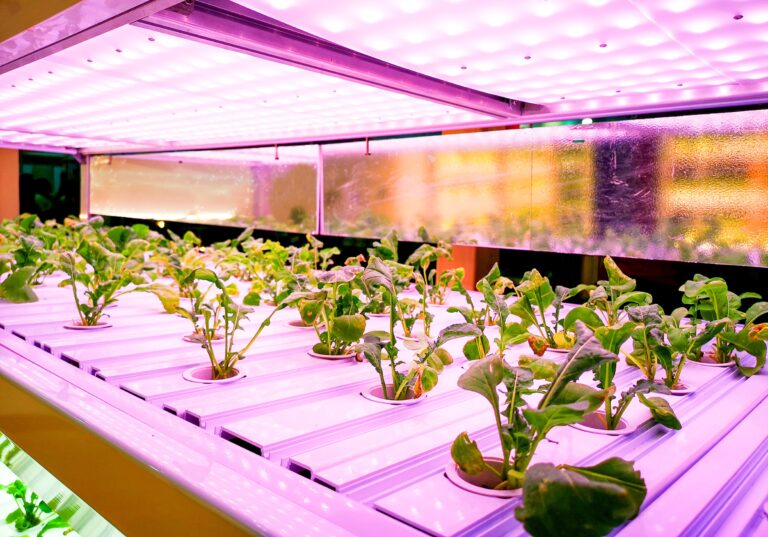If you’re venturing into the realm of indoor gardening, one essential tool you’ll need to master is the grow light. These artificial light sources mimic the sun’s rays, providing the energy necessary for plants to thrive. However, choosing the best grow lights for plants can be a daunting task. After all, there are a large…
grow lights
6 Inexpensive Grow Lights for Indoor Plants
Growing plants indoors is great. However, when plants are grown indoors, they often do not receive enough natural sunlight to meet their needs. This is where grow lights come in. Of course, you can choose to spend a lot of money on grow lights. However, you don’t have to do that. There are some great…
Inexpensive Alternatives To Grow Lights
Grow lights can be a really helpful tool for indoor gardening. Many people find that they are worth their cost. However, they aren’t cheap. Therefore, you might want to consider some of these inexpensive alternatives to grow lights. What Are Grow Lights? Grow lights are exactly what their name says: lights designed to help plants…


